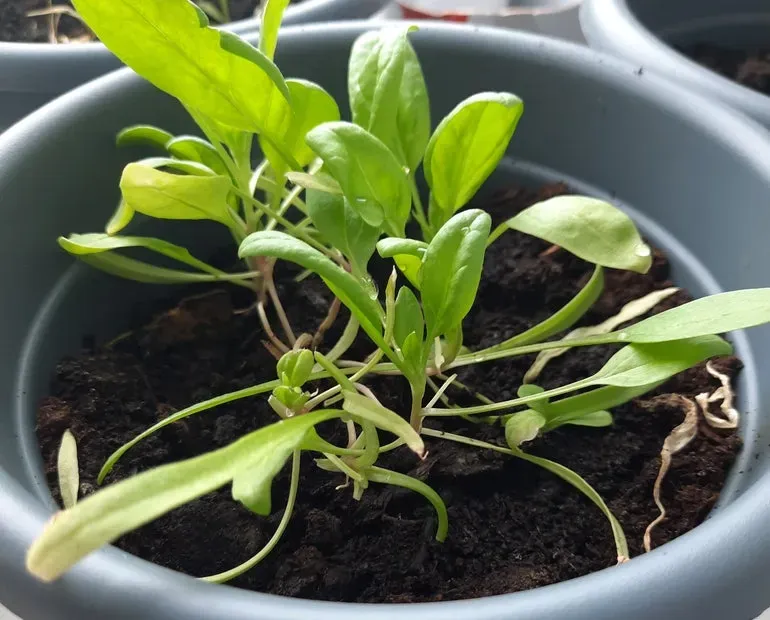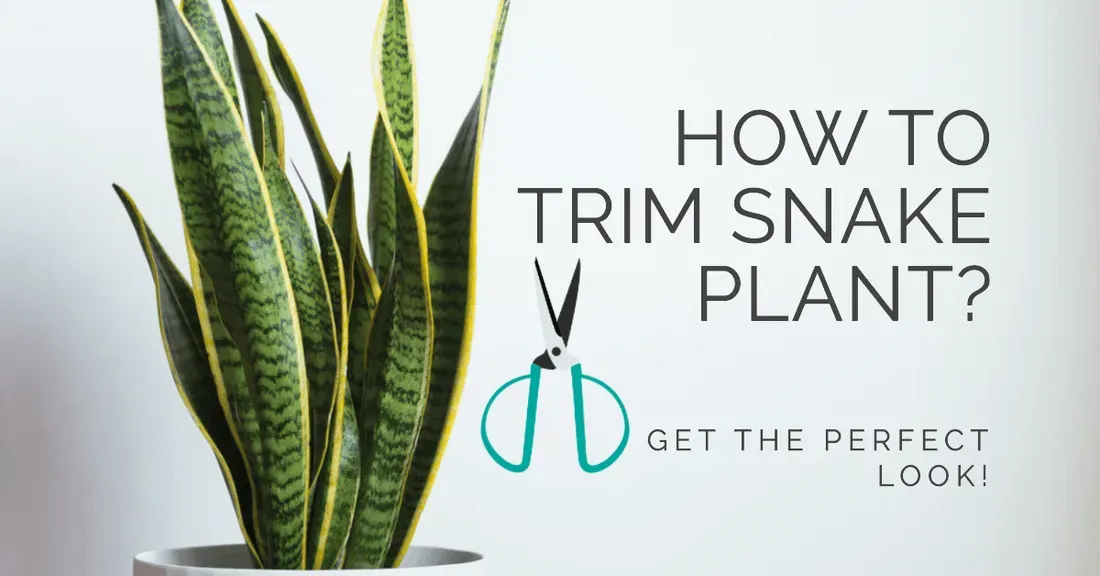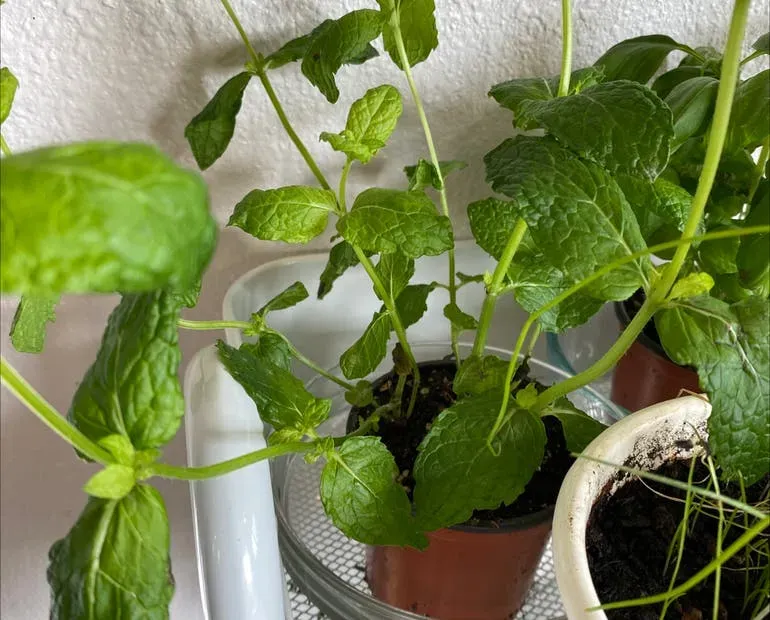Table of Contents
Ever wonder why some plants flourish while others struggle? The answer often lies beneath the surface – in the soil! Understanding Soil requirements is the key to a thriving garden, whether you're a seasoned gardener or just starting out. At lilyflower.homes, we believe everyone deserves a beautiful, productive garden. This article will guide you through the crucial aspects of soil requirements, helping you cultivate a healthy environment for your plants to thrive. We'll explore the basics of soil composition, discuss essential nutrients, and show you practical steps to improve your soil's health. Get ready to transform your gardening game by mastering the art of understanding soil requirements and unlocking the secret to plant success!

Soil Requirements: The Ultimate Guide For Healthy Plants
Understanding Basic Soil Requirements

Understanding Basic Soil Requirements
What's in Your Soil?
Imagine soil as a giant, delicious cake. You wouldn't just bake a cake with flour, would you? Nope! You need eggs, sugar, butter – all sorts of ingredients. Soil is the same! It's not just dirt; it's a mix of different things. There's sand, which is like the crunchy bits. Then there's silt, finer than sand, kind of like powdered sugar. And finally, clay, the sticky stuff that holds everything together, like the frosting!
These three things – sand, silt, and clay – make up the soil's texture. The right mix makes it easy for water and air to move around, like a perfectly fluffy cake. Too much clay, and it's like trying to eat a brick. Too much sand, and it's like eating a pile of gravel. A balanced mix is key for happy plants! Want to learn more about getting the perfect mix for your plants? Check out our guide to soil mixes!
Soil Component | Feel | Water Drainage |
|---|---|---|
Sand | Gritty | Excellent |
Silt | Silky | Moderate |
Clay | Sticky | Poor |
Nutrients: The Soil's Secret Sauce
Remember that delicious cake? Well, soil needs its own secret ingredients, too – nutrients! These are like vitamins for plants, helping them grow big and strong. The main players are nitrogen (N), phosphorus (P), and potassium (K). Nitrogen makes leaves green and lush. Phosphorus helps with roots and flowers. Potassium keeps everything healthy and strong. Think of it like this: nitrogen is the energy, phosphorus is the growth spurt, and potassium is the overall health booster!
Plants get these nutrients by absorbing them from the soil through their roots. If the soil lacks these key nutrients, your plants will be weak and unhappy. That's why it's important to feed your soil sometimes, just like you feed yourself! Want to know more about keeping your plants fed? Check out our post on fertilizers for lilies!
- Nitrogen (N): Leafy growth
- Phosphorus (P): Flowers and roots
- Potassium (K): Overall plant health
Soil pH: The Goldilocks Zone
Soil pH measures how acidic or alkaline your soil is. It's like finding the perfect temperature for your bath – not too hot, not too cold, just right! Most plants prefer a slightly acidic to neutral pH, around 6.0 to 7.0. If your soil is too acidic or too alkaline, it can affect how well plants absorb nutrients. It's like trying to eat a cake that's either too sour or too sweet – not very enjoyable!
You can test your soil's pH using a simple kit from a garden center. If it's off, you can adjust it with things like lime (to raise pH) or sulfur (to lower it). Think of it as fine-tuning the recipe of your soil cake to make it perfect for your plants. Want to learn more about soil pH testing? Check out our handy guide on soil pH and how to test it!
Essential Soil Requirements for Healthy Plants

Essential Soil Requirements For Healthy Plants
Okay, so you're diving into the world of soil, huh? Think of it like this: your plants are picky eaters, just like me! They need the right stuff to grow strong and happy. We're talking about more than just dirt; we're talking about a balanced meal for your little green friends. The main ingredients? Water, air, and nutrients. Water's like the drink they need to stay hydrated; air is like their breath, helping them breathe and grow, and nutrients are like their yummy food, giving them the energy they need to thrive. Get the balance wrong, and your plants will be like a kid who only eats candy – all sugar and no substance!
One super important nutrient is nitrogen. It's like the superhero of leaf growth, making your plants lush and green. Phosphorus is another key player, helping build strong roots and beautiful flowers. It's like the plant's muscle builder! And then there's potassium, which is like the overall health champion, keeping everything running smoothly. Without enough of these three – nitrogen, phosphorus, and potassium – your plants will be weak and sad. Want to help your plants get their daily dose of nutrients? Check out our guide on !
Nutrient | What it does | Signs of deficiency |
|---|---|---|
Nitrogen (N) | Promotes leafy growth | Yellowing leaves |
Phosphorus (P) | Supports root and flower development | Stunted growth, poor flowering |
Potassium (K) | Enhances overall plant health | Weak stems, wilting |
Beyond the big three, there are other essential nutrients too, like magnesium, calcium, and sulfur. They're like the supporting cast in a play; they're not the stars, but they're essential for a successful performance. These micronutrients are needed in smaller amounts, but are still crucial for healthy growth. Think of them as the secret ingredients that make your plants truly shine. Want to know more about improving drainage? Check out our guide on improving drainage.
Soil pH is another thing to consider. It's a measure of how acidic or alkaline your soil is. Too acidic, and your plants might struggle to absorb nutrients. Too alkaline, and you'll face similar problems. It's like Goldilocks and the Three Bears – you need to find that "just right" pH level for your plants to thrive. Most plants prefer a slightly acidic to neutral pH, which is around 6.0 to 7.0. You can test your soil's pH with a kit from your local garden center. If it's off, you can adjust it with lime (to raise pH) or sulfur (to lower it). Want to learn more about testing your soil pH? Check out our post on !
- Test your soil pH regularly.
- Amend your soil as needed to achieve the optimal pH range.
- Pay attention to your plants' needs and adjust your approach accordingly.
Improving Your Soil: Meeting Specific Soil Requirements

Improving Your Soil Meeting Specific Soil Requirements
Understanding Your Soil's Needs
So, you've got your plants, you've got your pots (or garden beds!), but what about the unsung hero of plant life? The soil! It's more than just dirt; it's a complex ecosystem teeming with life, and understanding its needs is crucial. Think of your soil like a picky eater – it needs the right balance of nutrients to keep your plants happy. If you're growing lilies, for example, they really appreciate well-drained soil that's rich in organic matter. This means the soil should drain well so the roots don’t sit in soggy water, and it should be full of nutrients. Poor soil leads to sad, droopy plants. It's like trying to feed a kid only junk food – they might seem okay for a while, but eventually they'll crash! Regular soil testing is your friend here. It's like getting a checkup for your soil to know what it needs. You can get a soil testing kit from most garden centers.
One simple way to improve your soil is by adding compost. It's like giving your soil a superfood boost! Compost is made from decomposing organic matter, such as leaves, grass clippings, and food scraps, and it's packed with nutrients. Adding compost improves soil structure, drainage, and water retention. It's like adding extra fluffy bits to your cake batter – it makes everything better! For lilies specifically, good drainage is key to prevent rot, and compost helps achieve that. If you're using containers, ensure you have drainage holes at the bottom. This prevents waterlogging, which can suffocate your lily's roots and cause diseases. Want to learn more about creating the perfect soil mix for your container lilies? Check out our guide on container growing.
Soil Problem | Solution |
|---|---|
Poor Drainage | Add compost and perlite |
Compacted Soil | Till or loosen the soil |
Nutrient Deficiency | Use a balanced fertilizer |
Tailoring Your Soil for Specific Plants
Different plants have different soil preferences. Some love acidic soil, others prefer alkaline soil, and some are happy with neutral soil. Lilies, for instance, prefer slightly acidic to neutral soil (pH 6.0-7.0). If your soil's pH is off, don't panic! You can adjust it. Lime will raise the pH, while sulfur will lower it. It's like adding a pinch of salt or sugar to a recipe to make it just right. Always follow the instructions on the packaging carefully. Knowing your lily variety can also help. For example, Asiatic lilies are generally hardier than Oriental lilies. This means they might be able to tolerate a wider range of soil conditions. But proper soil preparation always improves their chances of thriving. Want to know more about the different types of lilies and their specific needs? Check out our lily care guide.
Beyond pH, consider the soil's texture. Sandy soil drains quickly, while clay soil holds water too well. Ideal soil has a good balance of sand, silt, and clay, providing both drainage and water retention. Think of it as a Goldilocks situation – not too sandy, not too clayey, but just right! You can improve soil texture by adding organic matter, like compost or aged manure. This helps improve aeration, which is vital for healthy root growth. Poor aeration is like not letting your cake batter breathe—it won't rise properly! If you're struggling with drainage, improving it is crucial to prevent root rot in your lilies. Check out our tips on for more detailed advice.
- Test your soil's pH.
- Amend your soil with lime or sulfur to adjust the pH.
- Improve soil texture by adding organic matter.
Soil Requirements and Plant Success: A Case Study

Soil Requirements And Plant Success A Case Study
Let me tell you about my friend, Martha. She's a total gardening whiz, but even she had a soil-related disaster once. She planted a gorgeous batch of Asiatic lilies – check out our guide on Asiatic lilies if you're interested – in a spot with heavy clay soil. It looked fine at first, but then the poor lilies started wilting. Turns out, that clay soil held onto too much water, and the roots couldn't breathe! They essentially drowned. Martha learned a valuable lesson: proper soil drainage is critical, especially for lilies. She amended the soil with compost and perlite to improve drainage, and her next batch of lilies thrived! It was a real "before and after" success story, proving how much the right soil can make or break your plants.
I know what you're thinking: "How can I tell if my soil is too clayey?" Well, a simple test is to grab a handful of moist soil and squeeze it. If it forms a solid ball that doesn't crumble easily, you've got a lot of clay. If it feels gritty and falls apart quickly, you've got more sand. The ideal soil is like Goldilocks' porridge—just right! If your soil is too clayey, you can improve drainage by adding organic matter like compost, or even perlite. This will help loosen the soil and allow for better water drainage. If you need help with drainage, check out our post on . It's all about creating a happy home for your plant's roots!
Soil Type | Water Drainage | Lily Growth |
|---|---|---|
Heavy Clay | Poor | Poor growth, wilting |
Sandy Soil | Excellent | May dry out too quickly |
Well-Drained Soil (Ideal) | Good | Strong growth, healthy blooms |
Another example: My neighbor, Bob, was struggling with his lilies. His plants were pale and weak, and he couldn't figure out why. After some digging (pun intended!), we discovered his soil was lacking essential nutrients, particularly nitrogen. He'd been using a fertilizer, but it wasn't balanced. We added a balanced fertilizer – you can find our tips on fertilizing lilies – and his lilies bounced back. They started growing tall and strong, with vibrant green leaves and beautiful blooms. The difference was night and day! You can see how crucial it is to match your soil's nutrients to the plant's needs.
Remember, plants, just like us, need a balanced diet. They need the right amount of nutrients, water, and air. Soil pH plays a role here too. It measures how acidic or alkaline your soil is. Most lilies prefer a slightly acidic to neutral pH (around 6.0-7.0). If you're unsure, get a soil test kit. It’s like giving your soil a checkup! You can adjust the pH by adding lime (to increase pH) or sulfur (to decrease pH). If you're struggling with soil pH, our can help.
- Test your soil regularly.
- Amend your soil as needed with compost, perlite, lime, or sulfur.
- Use a balanced fertilizer to provide essential nutrients.
Final Thought
Mastering soil requirements is a progression, not a destination. Regular soil testing, mindful amendments, and observant care will reward you with a vibrant garden year after year. Remember, understanding your soil's needs is the foundation for successful gardening. Happy gardening!